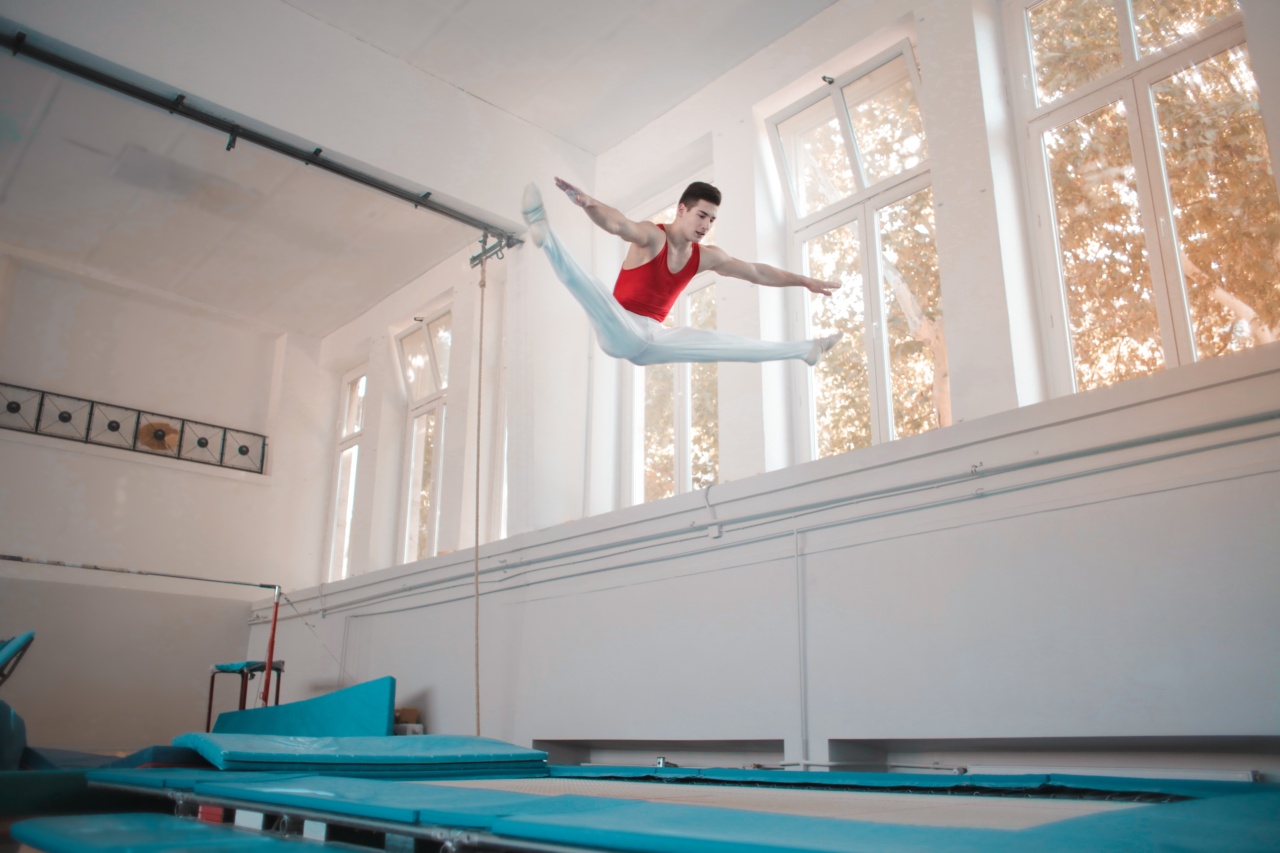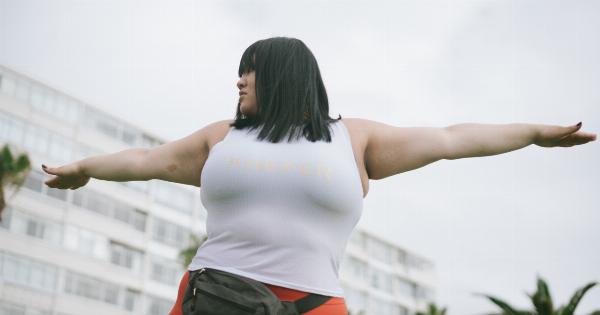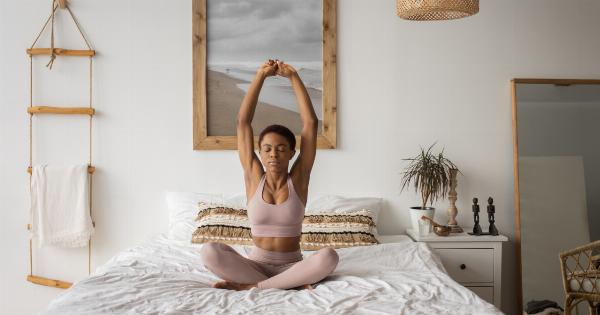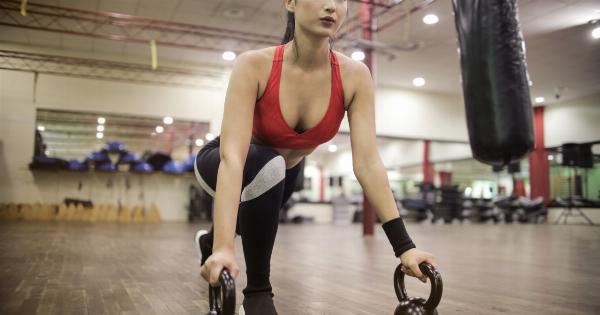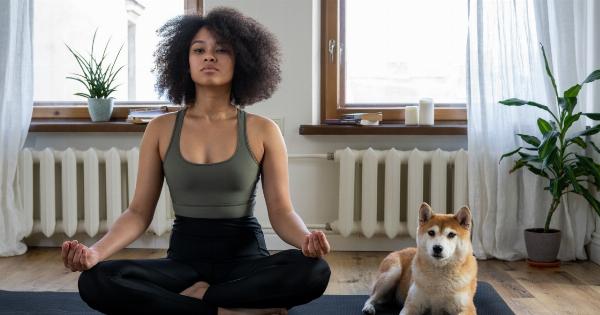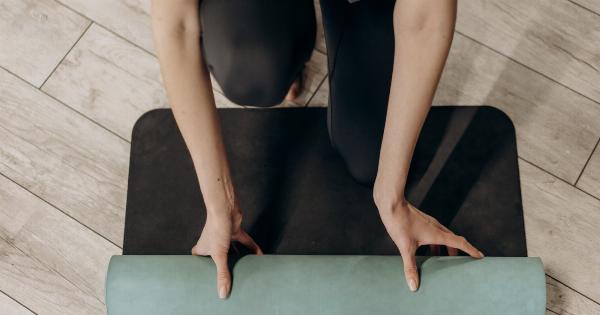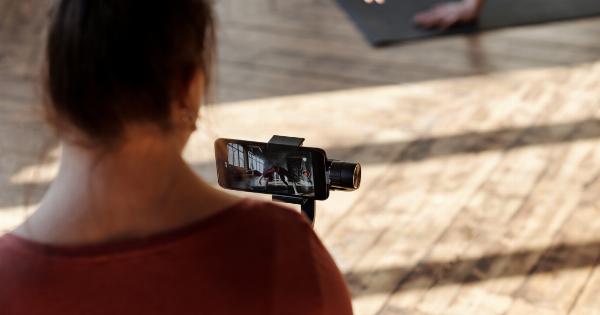If you’ve made the decision to try yoga, congratulations! You’ve taken a step towards improving your physical and mental well-being.
Yoga has been practiced for thousands of years and offers numerous benefits, including increased flexibility, improved strength, stress reduction, and enhanced mindfulness. However, for newbies, starting a yoga practice can be intimidating. With so many styles, poses, and techniques to learn, it’s important to approach your first practice with a beginner’s mindset and these helpful tips and tricks.
Choose the Right Class
There are various styles of yoga, each offering a unique experience. As a newbie, it’s essential to choose the right class that suits your needs, preferences, and fitness level. Some popular styles for beginners include:.
- Hatha Yoga: Focuses on basic poses and is great for beginners looking for a gentle and slow-paced practice.
- Vinyasa Yoga: Incorporates flowing sequences of poses with emphasis on breath. It’s ideal for those who prefer a more dynamic and energetic practice.
- Iyengar Yoga: Emphasizes precision and alignment. This style often uses props to assist in achieving proper form, making it suitable for those who want to focus on correct posture.
Practice with Proper Form
Proper form is crucial in yoga to avoid injuries and receive maximum benefits. When starting, pay attention to your alignment and listen to your body. Here are some tips to help you maintain proper form:.
- Align your body: Stack your joints one on top of the other in each pose. For example, in Mountain Pose, your ankles, knees, hips, and shoulders should align vertically.
- Engage your core: Activate your abdominal muscles to provide stability and support in different poses.
- Relax your shoulders: Keep your shoulders away from your ears and avoid unnecessary tension.
- Breathe deeply: Maintain steady breath throughout your practice. Inhale deeply through your nose and exhale fully through your mouth.
- Modify when needed: Don’t hesitate to use props or modify poses to accommodate your limitations or flexibility.
Be Mindful of Your Breath
One of the fundamental principles of yoga is conscious breathing. Yoga uses specific breath control techniques called pranayama to help calm the mind and deepen the poses. Practice the following breathing techniques during your yoga session:.
- Ujjayi breath: Breathing technique that involves slightly constricting the back of your throat, creating an ocean-like sound. It helps to cultivate focus and heat in the body.
- Deep belly breathing: Inhale deeply, expanding your belly, and exhale fully, drawing your navel towards your spine. This relaxed breathing technique promotes relaxation and releases tension.
Don’t Compare Yourself to Others
Yoga is a personal journey, and everyone’s practice is different. Avoid comparing yourself to other students in the class. Your focus should be on your own progress and growth.
Embrace where you are in your practice and celebrate the small achievements along the way.
Start Slow and Listen to Your Body
Take your time as you explore different poses and sequences. It’s important to start slow and gradually build your practice. Pay attention to how your body feels during and after each session.
If a pose feels uncomfortable or painful, modify it or seek guidance from your instructor.
Find a Qualified Instructor
Having a qualified and experienced yoga instructor can make a significant difference in your practice. Look for certified instructors who have experience teaching beginners.
They can guide you through proper alignment, adjustments, and assist you in finding alternatives when needed.
Invest in Suitable Yoga Gear
Investing in suitable yoga gear can enhance your practice. Here are some essentials:.
- Yoga mat: Provides support and grip during poses. Look for a mat with good cushioning and traction.
- Comfortable clothing: Wear breathable and flexible clothing that allows you to move freely.
- Props: Consider using props like blocks, straps, and blankets to assist you in achieving proper alignment in poses.
- Water bottle: Stay hydrated throughout your practice.
Stay Consistent and Patient
Yoga is a practice that evolves over time. Consistency and patience are key. Aim to practice regularly, even if it’s just for a few minutes each day. The more you commit yourself to the practice, the more you’ll experience its myriad benefits.
Explore Beginner-Friendly Poses
As a newbie, you can start with beginner-friendly poses that build a strong foundation. Here are a few poses to begin with:.
- Mountain Pose (Tadasana): A grounding pose that helps improve posture and focus.
- Child’s Pose (Balasana): A restorative pose that releases tension and calms the mind. It’s also a great pose to come back to anytime you need a break.
- Downward-Facing Dog Pose (Adho Mukha Svanasana): Stretches the entire body, strengthens the upper body, and energizes the mind.
- Warrior II Pose (Virabhadrasana II): Builds strength in the legs and opens the hips and chest.
Attend Beginner-Friendly Classes
Consider attending classes specifically designed for beginners. These classes provide a supportive environment where you can learn the basics and focus on building a strong foundation.
You’ll receive guidance from the instructor and meet other individuals who are also starting their yoga journey.
Conclusion
Starting your yoga journey as a newbie can be both exciting and challenging.
By choosing the right class, practicing with proper form, being mindful of your breath, and listening to your body, you’re setting yourself up for a successful first practice. Remember not to compare yourself to others, invest in suitable yoga gear, find a qualified instructor, and stay consistent with your practice.
Embrace the journey, enjoy the process, and reap the physical, mental, and emotional benefits that yoga has to offer.
